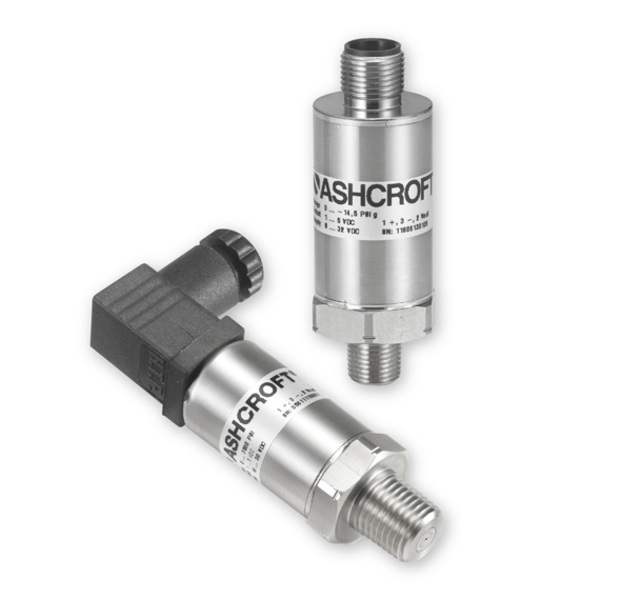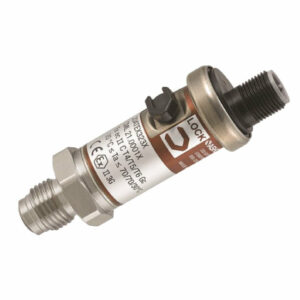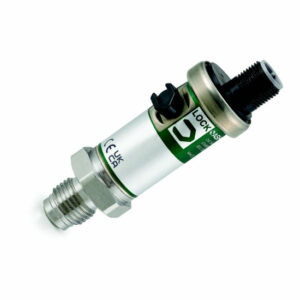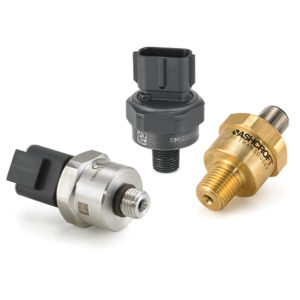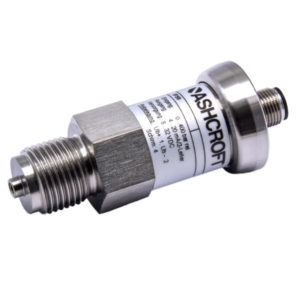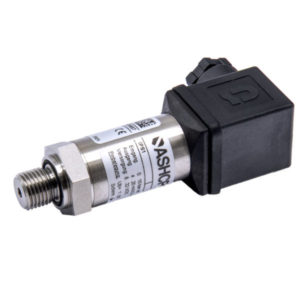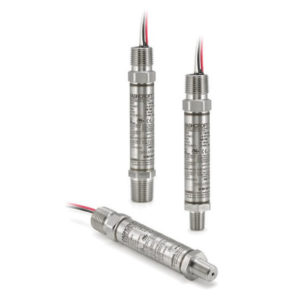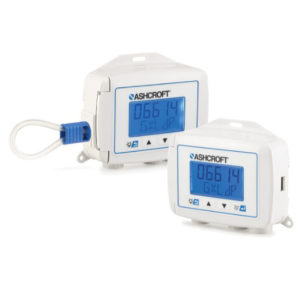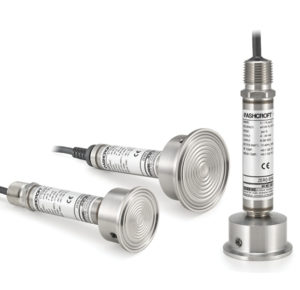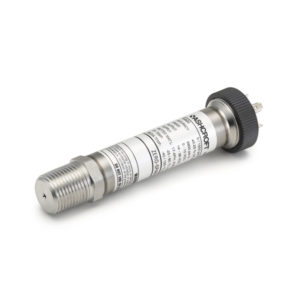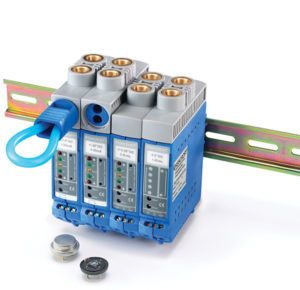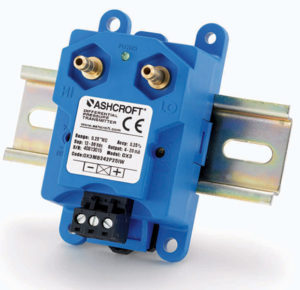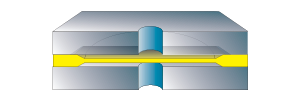

KD41 CANbus Pressure Transducer
KD41 CANbus Pressure Transducer
Typical Applications:
- Hydraulic and Pneumatic Sensing
- Automotive and OHV
- Agricultural
- HVAC
Key Features
CANbus interface output via CANopen® or SAE J1939 protocol
Rugged stainless steel construction
Selection of pressure and electrical connection options suited to meet CANbus applications
Customizable communication protocols available
Markets & Applications
Machine Automation
Hydraulics and Pneumatics
Off-Road Equipment
Pumps and Compressors
- Specifications
- Downloads
Wetted Parts Material
Sensor stainless steel 17-4PH
Stainless steel 304 (1.4301)
Ingress Protection
IP67
IP65
IP69K (consult factory)
Case or Body Material
Stainless steel 304 (1.4301)
Electrical Termination
M12 Hirschmann® 993-172-100
Wire leads, PVC insulated
Mounting
Stem
Output Signal
CANbus
Dampening
Throttle screw
Stability
≤±0.1% span/year at reference conditions
Process Connection Style
Threaded
Durability
>10 million cycles
Accuracy
0.25% of span
0.5% of span
Pressure Type
Gauge pressure
Ranges
Vacuum
Compound
1 ... 1400 bar / 20000 psi
- Category: Transducer / Transmitter

